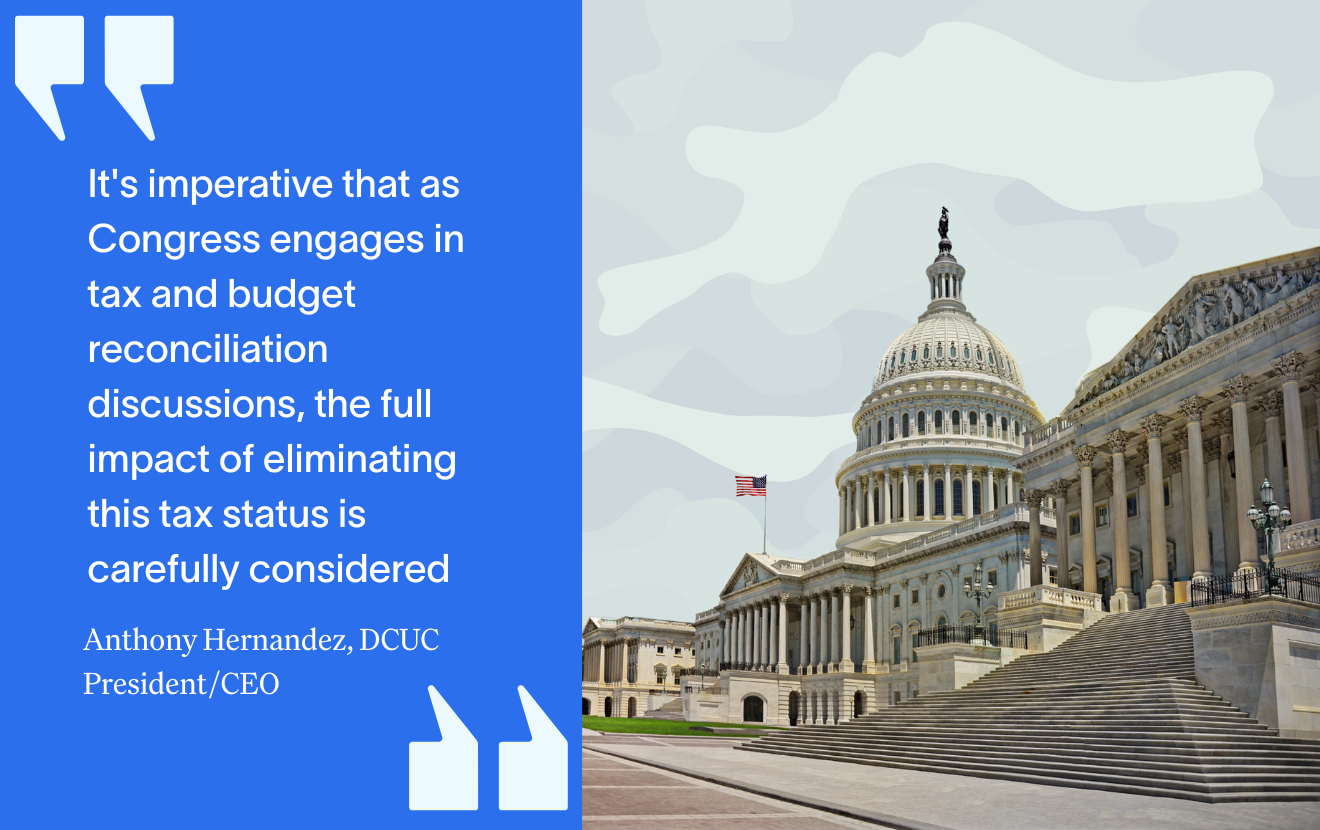by Michael Sessions, Senior Vice President, DDJ Myers
Someone recently said to me: “Recruiting board members? I thought recruiting is what boards did when they looked for a CEO. I had never thought about finding new board members as ‘recruiting.’” But boards are responsible for more than filling the CEO position — they are responsible for finding and training new board members.
Board succession planning is a processthat requires intention, attention andeffort. It’s about putting systems in placeto ensure that the right people are in theright place at the right time. It meansaligning the strategic and governance
needs of the board with the talentrequired to carry out those needs. This
is the duty of the board, not staff ormanagement.
It’s not enough to find good people. Boardmembers must be educated so that theyunderstand the credit union, policy andgovernance before they begin voting. Thetransition should appear seamless andnot disrupt the credit union or board’sfunction. This requires forethought andplanning to ensure that recruitment andnew member orientation policies remainactive.
Recruitment Tactics
Two recruiting methods exist: One isopen and the other is closed. Open simplymeans you announce positions in thenewspaper or on your website. We know
of credit unions that openly advertise forboard positions. They receive numerousresponses from a diverse group ofmembers and are able to solidify goodcandidates.
Other credit unions believe open recruitingis problematic. They find that vettingand qualifying members for a board postcan be difficult. Turning away or turning
down members, they suggest, hasunintended negative consequences. Thesecredit unions prefer that board memberskeep their eyes open for members who
might be qualified and have an interestin serving. Names are forwarded to the
secretary, who keeps a running list.





